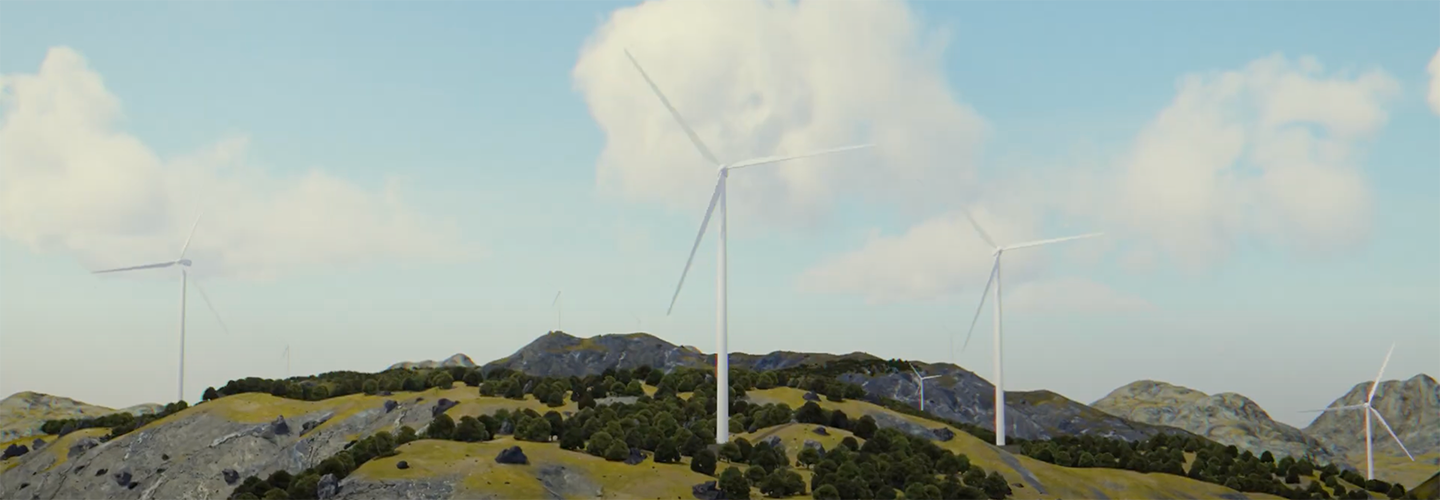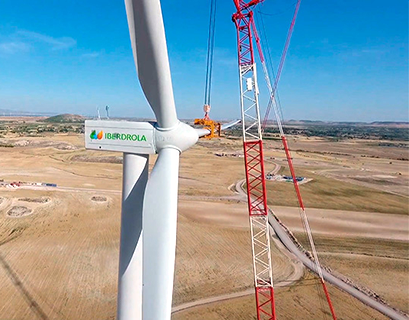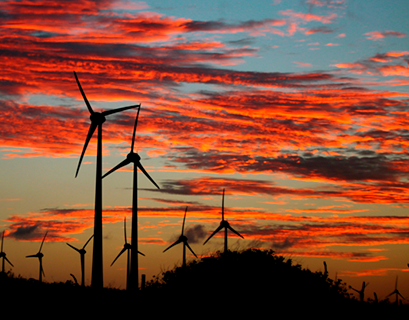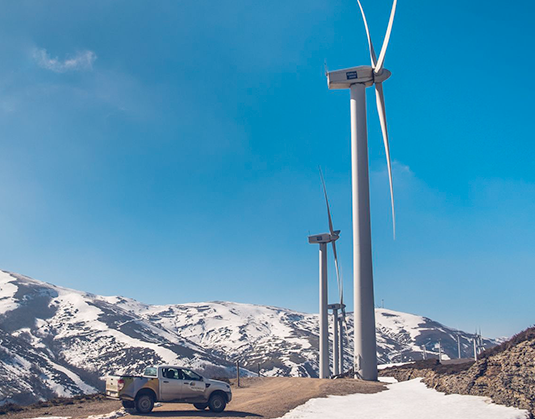Onshore wind energy
Iberdrola, a global benchmark in onshore wind
With more than 20,000 MW of installed capacity worldwide, the group continues to lead the field of onshore wind energy, to which 25% of the investment in renewables in the new Strategic Plan will be allocated to increase its installed capacity in this technology by 3,100 MW.
Leaders in onshore wind energy
-
We build Spain's first hybrid wind-solar plant We are allocating more than 40 million euros to this project in Castilla y León, which reinforces our innovative and renewable leadership.

-
150 M€ for building renewable energy plants in Italy We signed a 150 M€ loan with the EIB for the construction of 400 MW of wind and photovoltaic farms in Italy.
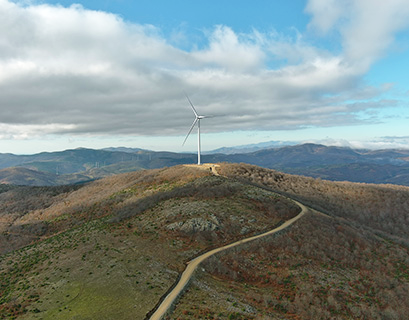
-
We begin commissioning at Korytnica II We started the commissioning of the Korytnica II wind farm, which brings our onshore wind power capacity in Poland to 163 MW.

-
The wind farm with world's most powerful turbines Environmental green light for the Spanish Iglesias wind farm, which will have the world's most powerful onshore wind turbines.

-
We build a new wind farm within 6 months The Askio III wind farm will generate clean, local energy to cover the annual needs of more than 54,000 households.

-
Our first hybrid wind and solar plant We commission the Port Augusta farm in Australia, our first hybrid wind and solar plant in the world.

What is onshore wind energy?
Onshore wind energy is generated by harnessing the power of the wind - the movement of air masses - through wind turbines located on land. Thanks to their blades, these wind turbines transform kinetic energy into mechanical rotational energy, which is then used to produce electricity that is connected to the distribution networks. Wind power is a renewable, clean and inexhaustible source of energy that has been used for centuries, with the technologies available at any given time and with different functions.
In addition to onshore wind energy, we also have offshore wind energy, which is produced in the same way through wind farms in the sea. All in all, wind energy is a sustainable, local-economy-boosting and future-enhancing energy source.
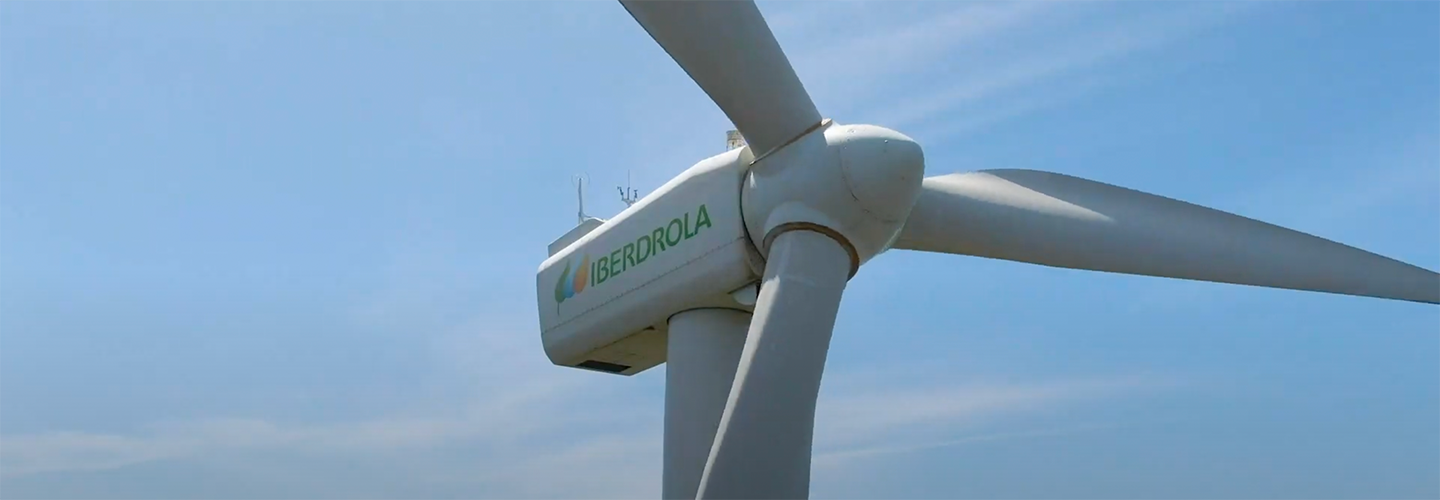
Onshore wind: a commitment started more than 20 years ago to lead today "the energy of the future".
We explain in simple terms how onshore wind energy works.
Advantages of onshore wind energy
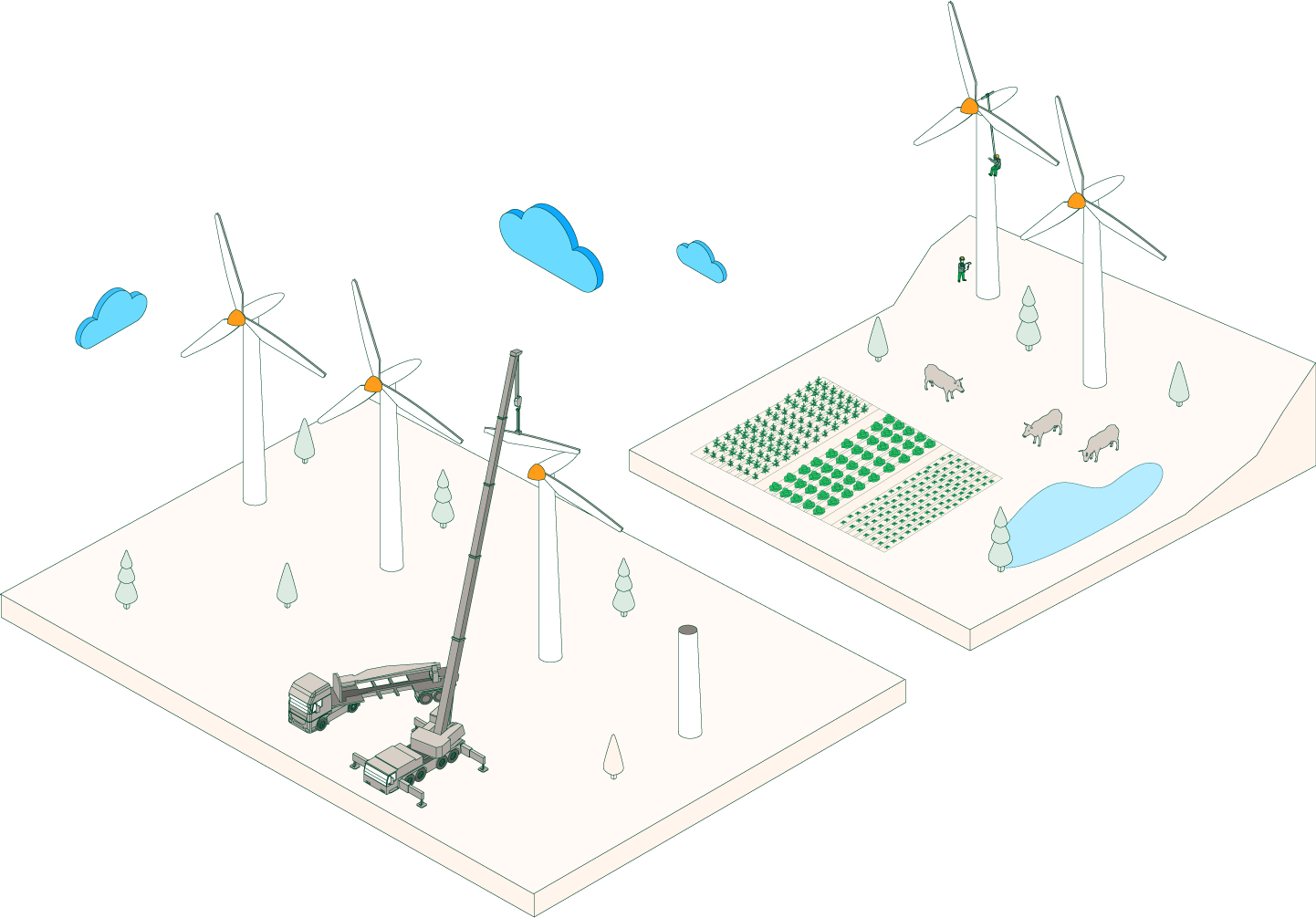 Renewable A secure, inexhaustible and indigenous energy source
Mobile Wind farms are dismantled at the end of their useful life and the area recovers
Clean No waste, no toxic gases and no radiation
Green jobs Generating wealth and local employment in rural areas
Agriculture and stockbreeding It allows the development of agricultural and stockbreeding activities in the surrounding area
Renewable A secure, inexhaustible and indigenous energy source
Mobile Wind farms are dismantled at the end of their useful life and the area recovers
Clean No waste, no toxic gases and no radiation
Green jobs Generating wealth and local employment in rural areas
Agriculture and stockbreeding It allows the development of agricultural and stockbreeding activities in the surrounding area
What are onshore wind farms like?
Onshore wind farms are basically made up of a set of wind turbines (of different powers and sizes depending on each wind farm), transformers (which raise the electricity from low to medium voltage for distribution throughout the farm), and an electrical substation, responsible for converting the energy into high-voltage current, suitable for transporting the electricity to the installations connected to the distribution network.
Onshore wind farms are installed in locations where data support the prediction of adequate wind quantity. In addition, these onshore wind turbines, which can reach heights of more than 150 metres, coexist with agriculture and livestock farming.
Evolution of the unitary power and the rotor of our onshore wind turbines
The rotor is the element made up of the three blades of a windmill and the hub that joins them together.
Its function is to capture the force of the wind and convert it into mechanical rotational energy.
Depending on its size, the power of a wind turbine varies.
What is wind energy, how is it converted into electricity and what are its advantages?
Wind energy, which transforms the power of an inexhaustible resource such as wind into electricity, is a sustainable and valuable investment for the future. Harnessing the wind requires the installation of wind farms, either on land or offshore, with dozens of wind turbines. Find out how this energy is generated and how it is harnessed.
Do you know how onshore wind farms work?
Wind power is energy generated by transforming the kinetic energy of the wind - the movement of air currents - into electrical energy suitable for consumption. To harness the wind produced on land, huge wind power complexes are built to extract the maximum potential from this clean, renewable resource. Here's how.
What is wind energy, how is it converted into electricity and what are its advantages?
Wind energy, which transforms the power of an inexhaustible resource such as wind into electricity, is a sustainable and valuable investment for the future. Harnessing the wind requires the installation of wind farms, either on land or offshore, with dozens of wind turbines. Find out how this energy is generated and how it is harnessed.
Do you know how onshore wind farms work?
Wind power is energy generated by transforming the kinetic energy of the wind - the movement of air currents - into electrical energy suitable for consumption. To harness the wind produced on land, huge wind power complexes are built to extract the maximum potential from this clean, renewable resource. Here's how.





